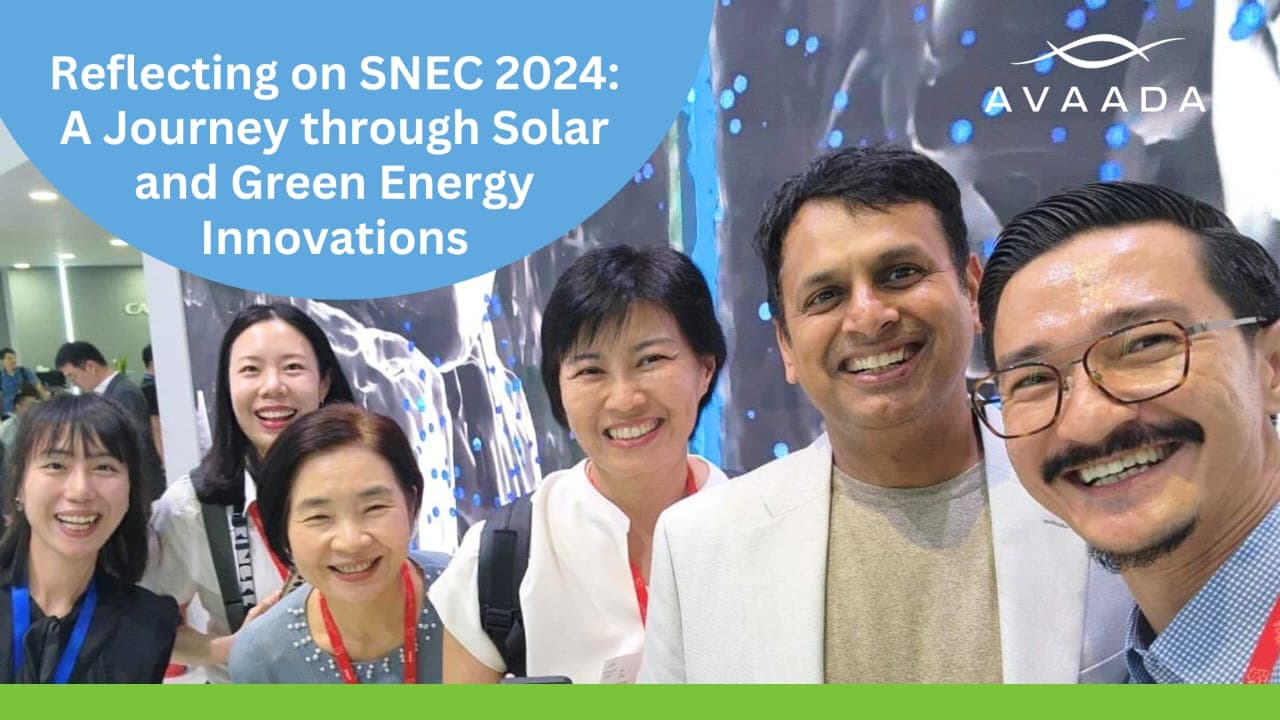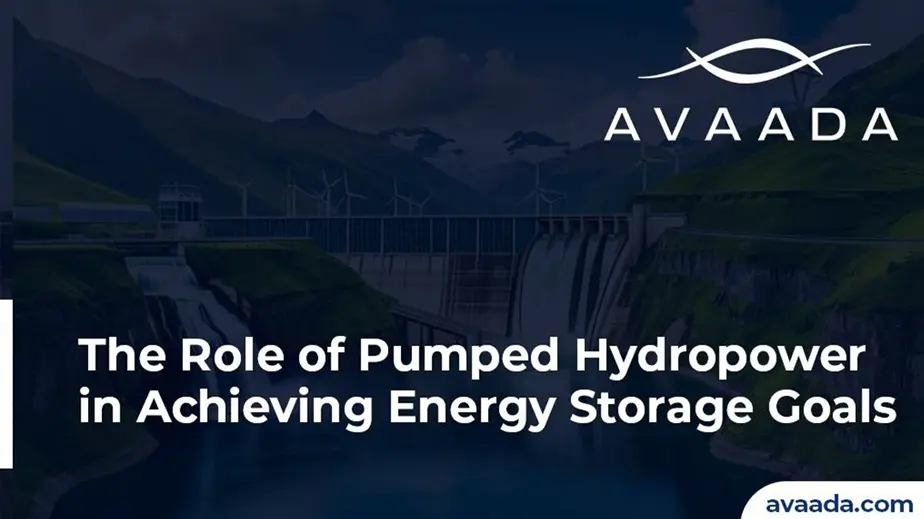As I conclude my tenth visit to the SNEC (Shanghai New Energy Conference & Exhibition) since 2010, I am awestruck by its sheer magnitude and influence. Spanning an impressive 500,000 square meters with 3,500 exhibitors and attracting 500,000 visitors, bustling with 3,500 exhibitors, the conference has transformed into a ground zero for the solar and green energy revolution. This year, my daily steps exceeded 20,000 as I engaged with industry titans and delved into the sector’s most ground-breaking trends and advancements.
Industry Trends and Insights
One of the standout observations this year is the shared sentiment among manufacturers and buyers. While there is palpable excitement from buyers, manufacturers are expressing concerns about recovering the cash cost of their Bill of Materials (BOM). This echoes the market conditions of 2011, where despite strong demand, manufacturers struggled with profitability due to overcapacity. However, the focus on innovation is at its peak, and people expect huge breakthroughs in the zero utilization of silver in future panels. Almost every technology player had something unique to share. Just when you think you know something about this industry, you realize the innovation is at light speed and you will always remain a student in this ever-evolving field.
Solar Panel Prices and Manufacturing Capacity
The consensus at SNEC is that China alone has around 1 terawatt (TW) of operational module manufacturing capacity and probably 1.2 TW globally. However, global demand is estimated to be between 500 GW to 550 GW in terms of DC capacity. The top four Chinese manufacturers each boast over 100 GW of capacity, highlighting the scale of production in the country.
Currently, around 70% of manufacturing capacity is dedicated to TOPCon technology, as HJT (Heterojunction) is falling out of favor and PERC (Passivated Emitter Rear Cell) is expected to phase out by the end of the year. The industry plans to upgrade the remaining capacity to TOPCon by 2025, depending on demand growth. Notably, discussions about Perovskite are gaining momentum. Utmo Light, a pioneering Chinese company, is showcasing its first commercial perovskite solar module, signalling a promising shift in the horizon of solar technology.

Transmission Network Challenges
A significant bottleneck identified worldwide is the access to transmission networks. In regions like the US, Europe, and Australia, new project connectivity is only projected to be available by 2027 or 2028, slowing down the deployment of new solar projects.
The Solar Cost Revolution
One of the most transformative trends in the solar industry has been the dramatic reduction in costs. Solar photovoltaic (PV) costs have plummeted by 90% over the last decade, aligning with Wright’s Law, which states that the cost of technology falls consistently as cumulative production increases.
Every time the global capacity of solar panels doubled, prices fell by around 20%. This exponential decrease has transformed solar power from one of the most expensive electricity sources to the cheapest in many countries. Data from the International Renewable Energy Agency clearly illustrates this trend on a logarithmic scale.
In addition to solar, onshore wind costs have dropped by 70%, and battery prices by over 90%, showcasing a broader trend of declining costs in clean energy technologies. All top-notch battery players were also present at the Expo. CATL, BYD, EVE Energy, Hithium, and REPT BATTERO showcased their new technology and large utility-scale solar at almost half the cost of last year.
Looking Ahead
Reflecting on my experiences at SNEC 2024, it’s evident that the solar and energy transition sector is at a pivotal juncture. While manufacturers grapple with challenges and the supply chain demands focus, there’s just one truth – the critical need for enhanced transmission networks is essential for sustaining the industry’s growth momentum. It’s a call to action, not a roadblock. However, the relentless pace of technological advancements and significant cost reductions provide a robust foundation for a sustainable future.
Furthermore, the energy transition sector stands as an unparalleled platform for fostering innovation, collaboration, and progress in renewable energy. I eagerly anticipate witnessing the continued evolution of this dynamic industry and contributing to the global clean energy transition.








